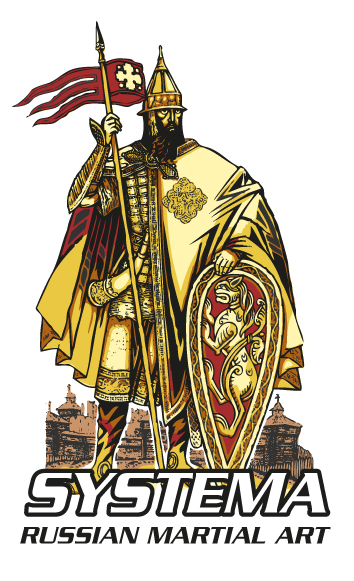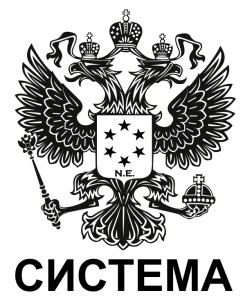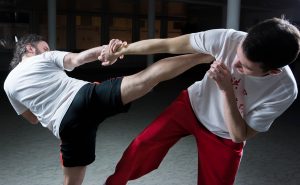 People take up their studies of the martial arts for various reasons and the benefits are many. Some may wish to make new friends. Others may want to boost their confidence. Others still may want to manage their stress. These are all valid reasons for taking a martial arts class, but one of the most obvious advantages one can derive from the martial arts is self-defense. In fact, self-defense is often used interchangeably with martial arts. One of the definitions of “martial” is “characteristic of or befitting a warrior.” A true warrior never lets down their guard and knows how to defend himself in an attack, and this is the core value of the martial arts.
People take up their studies of the martial arts for various reasons and the benefits are many. Some may wish to make new friends. Others may want to boost their confidence. Others still may want to manage their stress. These are all valid reasons for taking a martial arts class, but one of the most obvious advantages one can derive from the martial arts is self-defense. In fact, self-defense is often used interchangeably with martial arts. One of the definitions of “martial” is “characteristic of or befitting a warrior.” A true warrior never lets down their guard and knows how to defend himself in an attack, and this is the core value of the martial arts.
You never know when you may be in a situation where your self-defense skills will be put to the test. Many statistics cite reasons it’s important for women to learn self-defense, such as the fact that a 21-year-old woman has a 1 in 4 chance of experiencing a violent crime in their lifetime or that in 2010, women aged 12 or over were the victims of 270,00 rape or sexual assault cases in the United States. But really everyone, man or woman, should possess a set of basic self-defense skills. Anyone could find themselves in a dangerous situation at some point in their lives so everyone should be able to physically defend themselves if needed.
The obvious reason self-defense is important is to ward off an attacker and be prepared for dangerous and unforeseen circumstances. Let me break it down and explain just how and why self-defense skills would come in handy in the event of an attack.
It teaches you to plan your next move in advance
Anyone who’s had something stolen from them or been physically attacked in the streets will take measures to ensure it doesn’t happen again- not that these kinds of things can be actively avoided, but one will be more on their guard. Don’t let it come to that. Self-defense classes will teach you how to always be one step ahead of an attacker and to be more aware of your surroundings. No one plans to be attacked, but you can prepare for it in the event that you find yourself in a dangerous situation. Master Olson, a 6th degree black belt and owner of a karate studio, teaches his students to think as the attacker would, about where you could be attacked (where you’re most vulnerable) and where an attacker could be hiding.
It helps you to develop a warrior spirit
As I shared above, the meaning of the word “martial” relates to the qualities of a warrior. Learning self-defense skills will teach you to think and fight like a warrior. In addition to being fierce and strong, a warrior is a survivor. A warrior will not surrender to the attacker. In certain situations, it makes more sense to run for help or surrender your belongings over to your attacker. However, if you are attacked, you should be able to defend yourself on the spot to avoid being taken away or injured by your attacker.
It teaches you to be more aware
Learning self-defense will give you a greater sense of self-awareness, as well as awareness of your surroundings. You will develop quicker reflexes and be able to make fast and intelligent moves against an opponent. Being prepared in a fight just may save your life.
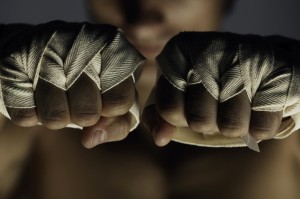 Martial arts are generally known as a tradition of combat practices specific to self-defense, physical and mental strength, fitness, entertainment, and spiritual development. Most of the martial arts we are familiar with in today’s society have a long and storied history. These practices are often associated with eastern Asia and various locations throughout Europe. Judo, Jujitsu, Karate, Gatka, Aikido, and Muay Thai are merely a small example of a long list of traditional arts.
Martial arts are generally known as a tradition of combat practices specific to self-defense, physical and mental strength, fitness, entertainment, and spiritual development. Most of the martial arts we are familiar with in today’s society have a long and storied history. These practices are often associated with eastern Asia and various locations throughout Europe. Judo, Jujitsu, Karate, Gatka, Aikido, and Muay Thai are merely a small example of a long list of traditional arts.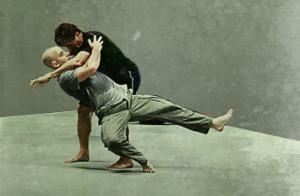 In the combat world, there are multiple different techniques that one might use. Each combat situation is different, so it’s good to know which type of combat to use in a certain situation. There are thousands of combat moves, but they generally can be narrowed down into more specific categories. Below are the top 5 hand-to-hand combat techniques that one should keep in mind if the situation happens to arise.
In the combat world, there are multiple different techniques that one might use. Each combat situation is different, so it’s good to know which type of combat to use in a certain situation. There are thousands of combat moves, but they generally can be narrowed down into more specific categories. Below are the top 5 hand-to-hand combat techniques that one should keep in mind if the situation happens to arise. The Russian Martial Art of Systema is different than your everyday martial arts. Rather than learning how to attack, Systema’s training is more focused on learning how to respond to an attack. The existence of Systema is believed to predate back to the cold war era in the Soviet Union, but actually has roots in ancient Russian fighting styles that existed more than a millennium ago.
The Russian Martial Art of Systema is different than your everyday martial arts. Rather than learning how to attack, Systema’s training is more focused on learning how to respond to an attack. The existence of Systema is believed to predate back to the cold war era in the Soviet Union, but actually has roots in ancient Russian fighting styles that existed more than a millennium ago.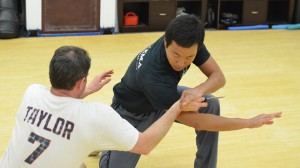 As a martial art developed by the Russian military, Systema focuses on relaxation and breathing techniques in addition to hand-to-hand and weapon combat. On the Russian Martial Art website, Vladimir Vasiliev describes the secret of systema and its unique method of combat.
As a martial art developed by the Russian military, Systema focuses on relaxation and breathing techniques in addition to hand-to-hand and weapon combat. On the Russian Martial Art website, Vladimir Vasiliev describes the secret of systema and its unique method of combat.